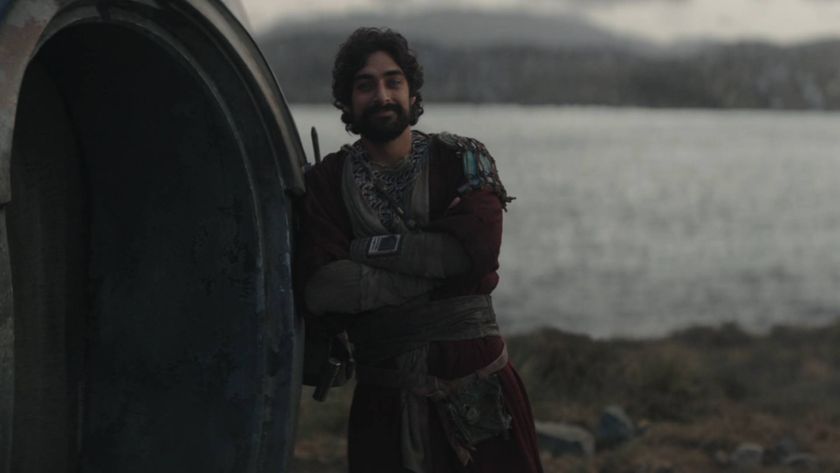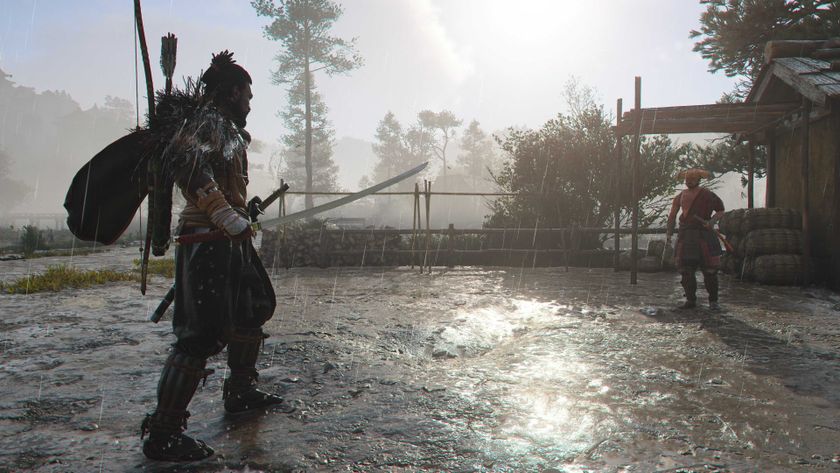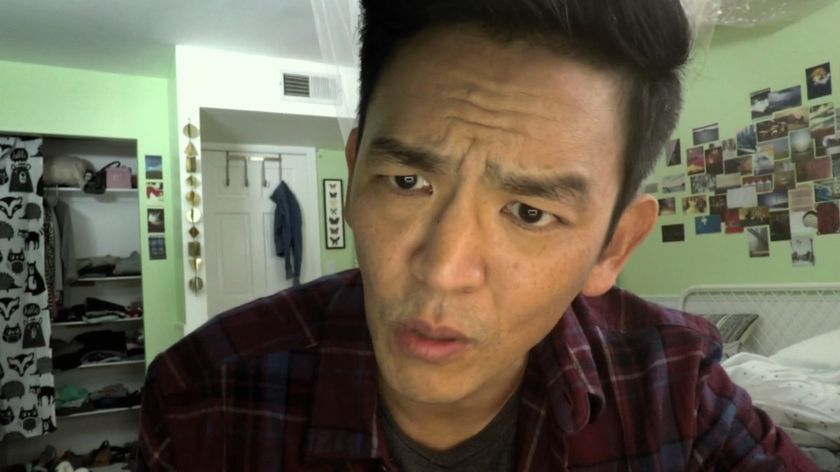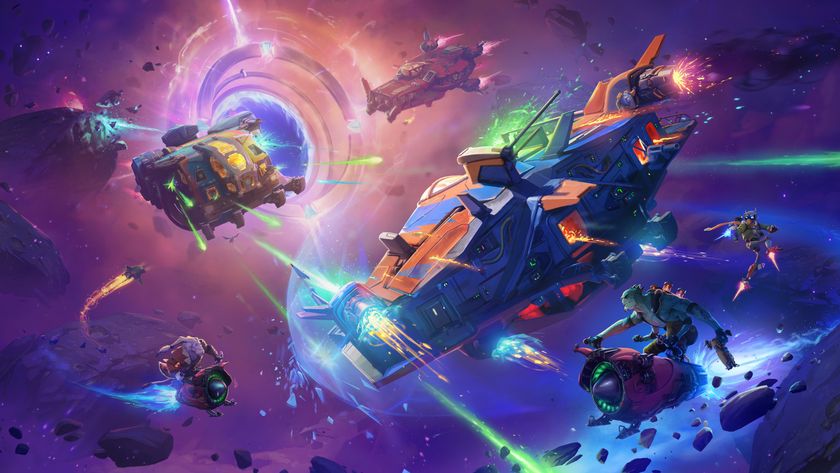Games developed entirely by one person
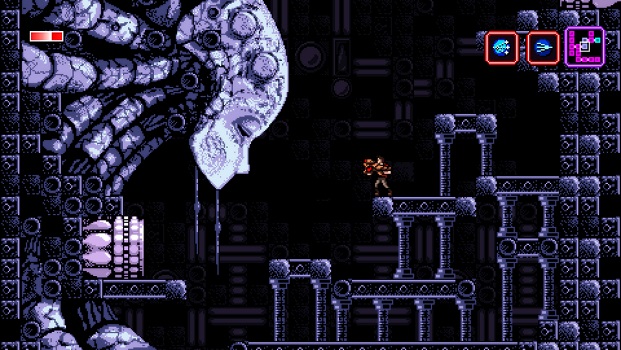
Video games are one of the most complex forms of entertainment to create. Not only do you have to do all the things you'd do for an animated film - create sound effects and music, design and animate characters, write dialog, and put it all together - you have to make it interactive. This means building levels, crafting a series of gameplay systems that work together in harmony, designing a spectrum of player choice, and testing, testing, testing. Normally it takes entire teams of professionals to handle these tasks, and even then, releasing a game is an impressive feat. For one person to handle all of those tasks on their own is a minor miracle.
Thanks to the increasing availability of game engines like Game Maker Studio and Unity, and funding platforms like Kickstarter and Patreon, it's now easier than ever for someone with a good idea and whole lot of talent to break out on their own and make a game. The following is a celebration of creators with a singular vision and the perseverance/stubbornness to see it through by themselves. Whether they're sweeping odysseys, strange experiments, or throwbacks to gaming's past, all of these singularly-developed titles look like they could have been made by a team of dozens.
Daisuke 'Pixel' Amaya releases Cave Story for free
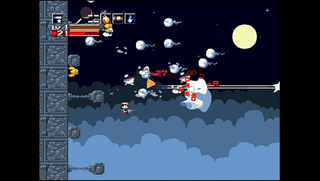
Cave Story was one of the few big pre-indie boom success stories, made during a time before Steam completely dominated the PC marketplace and before companies like Sony, Microsoft, and Nintendo welcomed independent developers with open arms. Created by Daisuke 'Pixel' Amaya over the course of five years in his spare time, this labor of love spread via message boards and word of mouth, becoming a massive cult hit within months.
Amaya took inspiration from games of his youth like Metroid and Blaster Master and mashed them together into a tightly-designed, cartoony world of grand adventure with a surprisingly emotional story. He created his own engine, created all of the art and music, and crafted a huge, interconnected sidescrolling world complete with multiple hidden endings - and then released it to the world completely free of charge. Eventually, fans would take it upon themselves to translate it into English, and from there, the rest is history. Amaya later partnered up with publisher/developer Nicalis to create an enhanced edition for WiiWare and PC (which cost actual money), and even took the helm on a project to rebuild the game in 3D with an actual development team. Cave Story's story isn't over yet - Nicalis has plans to bring this wonderful game to Nintendo Switch sometime this year.
Thomas Happ keeps Metroid's spirit alive in Axiom Verge

Nintendo hasn't made a proper 2D Metroid game since Zero Mission hit the Game Boy Advance in 2004, so it's been up to a variety of independent developers to fill the void left by spacefarer Samus' absence. No game quite matches the crunchy 8-bit look and the suffocating loneliness of the original Metroid quite like Axiom Verge, and all of it is the work of one Thomas Happ.
Happ was an engineer on games like NFL Street and Tiger Woods PGA Tour, developing Axiom Verge as a side project in 2010. He worked on it for five years, crafting its rooms, enemies, and thumping tunes all by his lonesome. Axiom Verge has all the trappings you'd expect from a "metroidvania" - winding, non-linear maps and a variety of power-ups and weapons that'll help you overcome enemies and the various doors and obstacles blocking your path - but Axiom Verge carves out its own path by making all the gadgets you collect totally change how you play. There are remote drones to help you explore inaccessible areas, a trenchcoat that lets you phase through walls, a grappling hook that helps you maneuver across large gaps, and many other cool twists to find during your surprisingly lengthy journey through a mysterious alien world. Nintendo may be resting on Metroid for now, but Axiom Verge is good enough to make you forget all about our interminable wait for another proper entry in the series.
Eric Barone's Stardew Valley finds excitement in a simple life
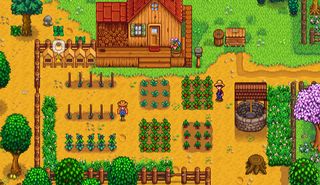
Eric Barone created Stardew Valley over the course of nearly five years (I'm sensing a trend here) as a way to build out his post-graduation game design portfolio while responding to the declining quality of recent Harvest Moon games. He took the concepts introduced by the series over the years (along with elements from spin-offs like Rune Factory and Story of Seasons) and tweaked them, providing his own spin. The result is a one-of-a-kind farming sim that's as much a love letter to the SNES games of yesteryear as it is an expression of modern design and a collective yearning for a simple life in a small town.
Sign up to the GamesRadar+ Newsletter
Weekly digests, tales from the communities you love, and more
Stardew Valley is so charming, so sprawling, so full of interesting and fun things to do and secrets to find that it's easily claimed hundreds of hours from members of the GamesRadar staff alone. This Harvest Moon-inspired farming/dating sim/action RPG hybrid became an instant pop culture phenomenon last year, and its success shows no signs of slowing down. While console ports and additional language options have been created with the help of external publisher Chucklefish, Barone continues to add additional features and design tweaks all on his own.
Lucas Pope checks your Papers, Please
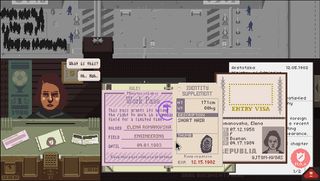
As an American living in Japan, Lucas Pope was subjected to immigration checks a couple of times each year. After a few rounds of slogging through the gaijin line, he took an interest in the gatekeepers and their cryptic workflow. The shuffling papers and computer screen cross-checks seemed like an intensive process - something that might make for a fun (though highly stressful) game. The new angle was appealing: instead of dodging the authorities as a double agent, why not be the one to expose him? You know, like James Bond, but with carpal tunnel and ink poisoning.
Pope's interest in dystopian themes originally led him to create The Republia Times, a flash-based propaganda simulator where you play as Editor-In-Chief of a slanted newspaper. As successful as it was, Republia was only a warmup for a 48-hour game-making competition where Pope created another game about saboteurs and bomb threats. See the running themes? Yes, these games came together to form the basis of Papers, Please, which was developed using an open-source coding platform and a number of funny little face drawings.
Alexey Pajitnov's Tetris is a dystopian darling
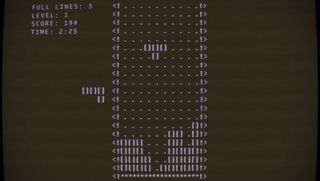
It was the summer of '84 in the Soviet Union. Despite the heat, a comparatively Cold War loomed over the country, reducing everyones fun factor by the length of a nuclear submarine. In Moscow, an artificial intelligence researcher managed to have fun testing the capabilities of new hardware for the government. To carry out the tests, he wrote simple games and played them on a text-based screen. One of these games was based on a popular board game called Pentominoes, where players arrange various geometric pieces on a board. The 12 possible shapes proved a bit unwieldy, so they were cut to seven and sent cascading down the screen. Unbeknownst to him, Alexey Pajitnov had just created the most important puzzle video game of all time: Tetris.
Soon, everyone in the office was addicted. Fellow co-worker Vadim Gerasimov ported the game to an IBM PC, and Tetris (a portmanteau of tetromino and tennis) exploded across Moscow and into the rest of the world. Since Pajitnov was employed by the Soviet government, he wasnt entitled to any royalties until he moved to the U.S. and founded The Tetris Company in 1996. Pajitnov is still active, too; he released Marbly for iOS in 2013.
Ede Tarsoly puts the polish on Meridian: New World

This story-driven RTS has gained a reputation as the game that one guy shouldnt be able to make, and for good reason. Meridian: New World features complex strategy, branching choices, and powerhouse graphics. Ede Tarsoly is the man behind the isometric curtain, and his singular vision has fueled development since 2011.
Meridian uses a graphics engine that handles nearly all aspects of 3D modeling, allowing Tarsoly to focus on his map editor and scripting tool, which were developed concurrently with the core game. Over time, these tools became so feature-rich that they can now be used almost exclusively for building the game's campaign - including the RPG segments between missions. The Hungarian developer points to Gamescom 2013 as a defining moment in the game's adolescence. Meridian went through massive optimization in preparation for the demo in Cologne, and it appeared to have a growth spurt - one that Tarsoly attributes to his robust toolset. He felt renewed vigor after the convention, soldiering on through Steam Early Access and into a final release on September 26.
Eskil Steenberg shows us how to fall in Love
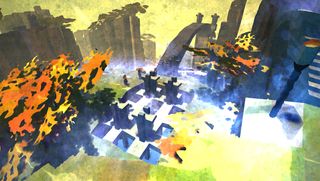
The world of Love is not unlike the depiction of heaven in What Dreams May Come - a painterly and impressionistic environment that feels like an out-of-body experience. The procedurally generated setting unfolds as gaping canyons, knife-edge mountains, and everything in between, rendered in hazy watercolors throughout. In building this communal sandcastle, one-man show Eskil Steenberg shunned pails and shovels in favor of his bare hands. Instead of mixing Love into a polygon soup of conventional shapes, Steenberg built from a more intricate set of terrain variables, allowing the game world to be formed and manipulated in a more organic way.
In Love, you can dissolve the ground with acid, seed a self-building earth tumor, turn rivers to ice, and infuse yourself with Hulk-like jumping powers. Between all that and fighting off a shockingly clever AI, players become accidental storytellers in a way thats usually reserved for single-player games.
Nelson Sexton channels brains and building in Unturned
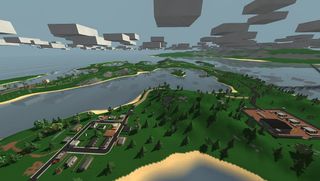
Zombie survival games are a dime a dozen - and if I had a dime for every time 'DayZ meets Minecraft' appeared in a game's description, I'd have enough to buy a permanent gold upgrade in Unturned, a blocky zombox survivor from 16-year old developer Nelson Sexton. The premise is a familiar one: spawn, scavenge, craft, defend, die, repeat. If 7 Days to Die fell into a can of MS Paint, we'd have Unturned, and though it seems pretty conventional otherwise, the games deadpan simplicity makes it less intimidating than other survival sim games.
Sexton is a self-taught programmer from Canada, and the rate at which he updates Unturned should embarrass most full-size studios. He's been taking cues from the community regarding where to focus his efforts as he builds out his Unity-based rendition of Prince Edward Island. Unturned is still in Early Access on Steam, but it's worth playing if only to witness the rapid progress being made.
Luke Hodorowicz braves the wilderness in Banished
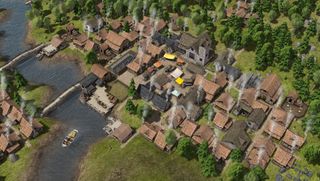
With Banished, Luke Hodorowicz has followed the American Dream of the entertainment industry: quit your job, follow your passion, and make something to be proud of. After a decade of making games with Vicious Cycle Software, he used his savings to strike out on the indie path. The result is Banished, which released in February 2014, taking Hodorowicz about three years to complete. Like Meridian: New World, it looks like the child of many parents.
What it feels like is a hardcore city builder that isn't afraid to confront players with the realities of a harsh wilderness: disease, famine, scarcity, death. Gameplay rewards only the most careful planners, and each citizen must be micromanaged in order to maintain a healthy, productive workforce. Banished feels more intimate than other city-builders because it refuses let you hide behind spreadsheets and quantify happiness like the insensitive overlord you are. Shame on you! Hodorowicz created his game from the still-warm remains of an earlier zombie-themed project. The result is a system that presents you with basic human needs and chuckles mildly as you click, drag, and drop your way to an early grave.
Jasper Byrne courts the darkness with Lone Survivor
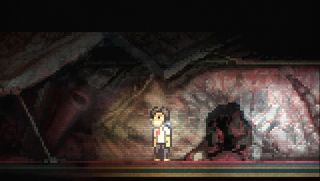
Jasper Byrne describes Lone Survivor as a psychological survival adventure game, which is both a marketing term and evidence of the titles many inspirations. The pixelated side-scroller evokes measures of Silent Hill, David Lynch, and Haruki Murakami, creeping up the spine with ambiguous imagery and a chilling soundtrack.
The latter is to be expected from a man who worked as a music producer and DJ for ten years, country-hopping from Vietnam and Japan into America and England. Like the nameless protagonist who walks them, the dark corridors of Lone Survivor are without time or place - simply existing on the fringes of reality. Byrne, who entered gaming geekdom through titles like The Lords of Midnight and Jet Set Willy, spent nearly seven years on Lone Survivor. In terms of art and gameplay, it went through a few revisions, but the underlying foundation of wonky dream logic survived intact. The idea of a straight A-to-B narrative bored Byrne, and so he set out to craft an agoraphobic nightmare that toys with our perceptions in a way that no 8-bit game should have a right to do.
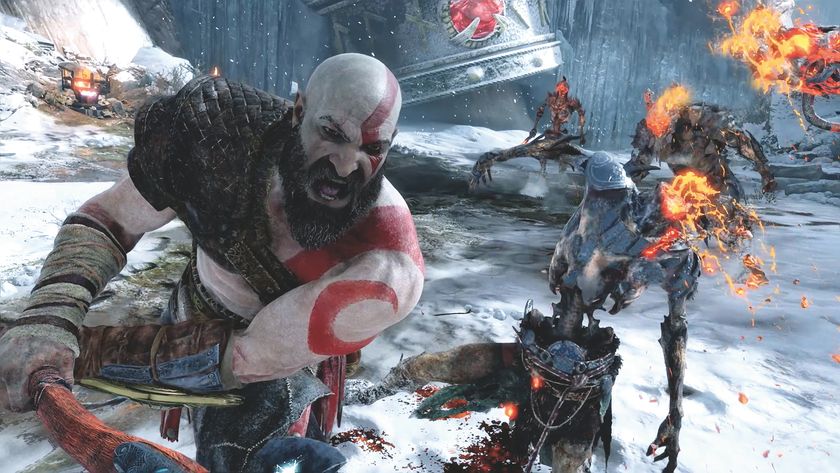
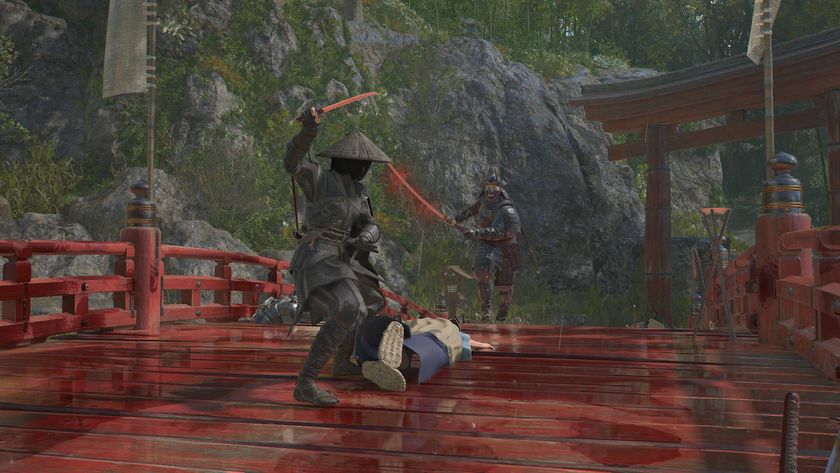
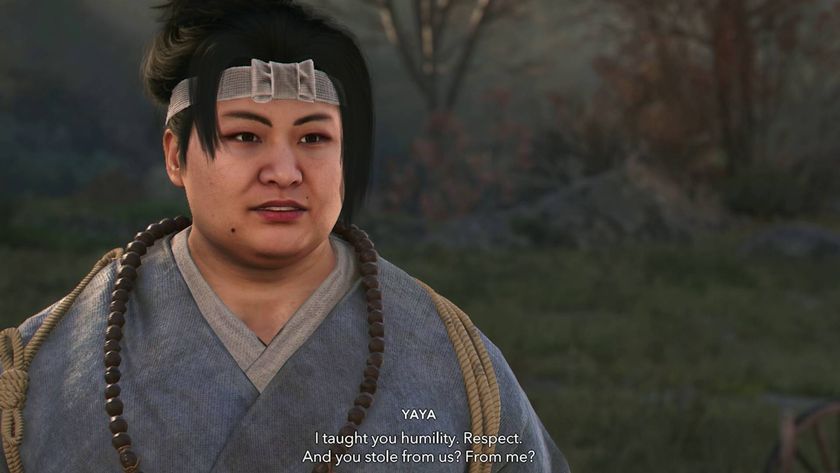
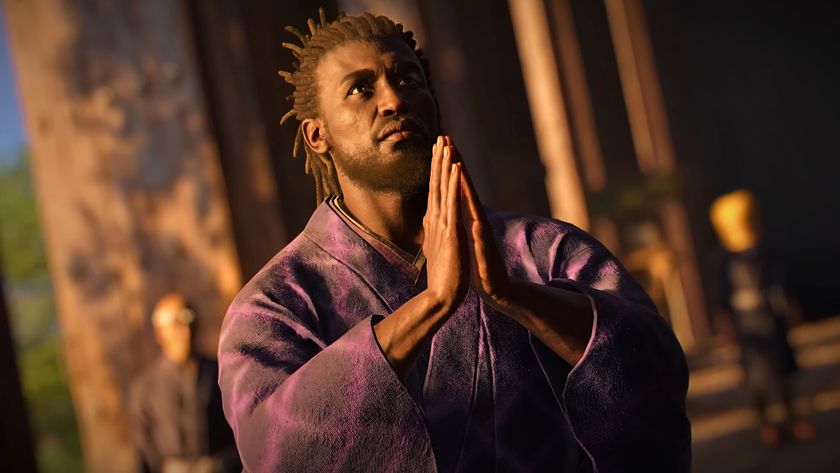

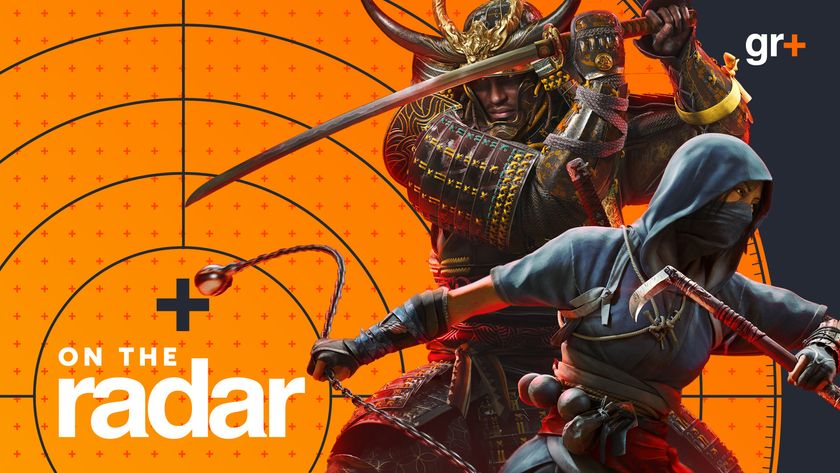


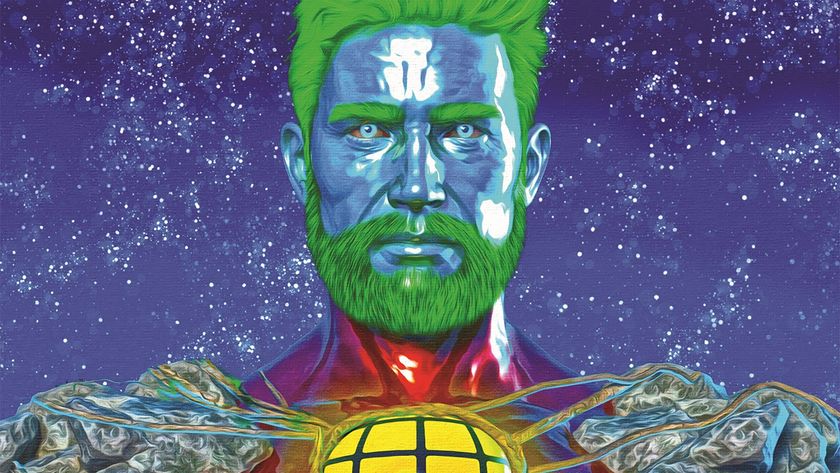


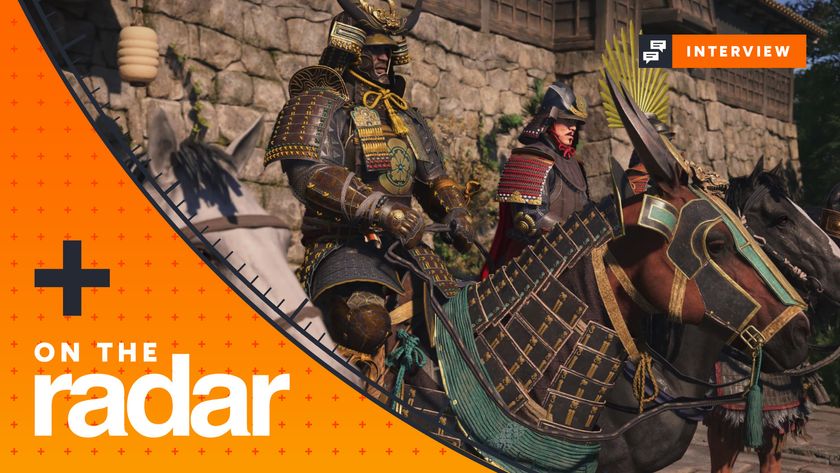

An Assassin's Creed Shadows fan is showing off some of the RPG's most impressive little details, and it's done more to get me interested than Ubisoft ever did

20 years later, God of War's original monster art has been revealed: behold this army of stick figures slapped on a whiteboard, no clue Kratos is coming for them

